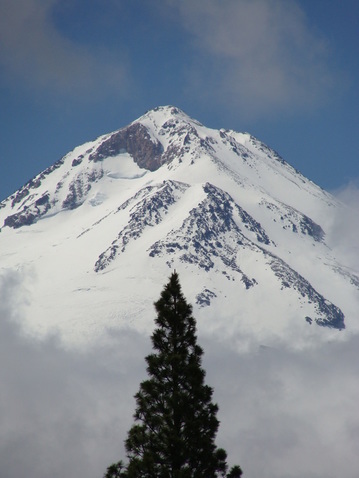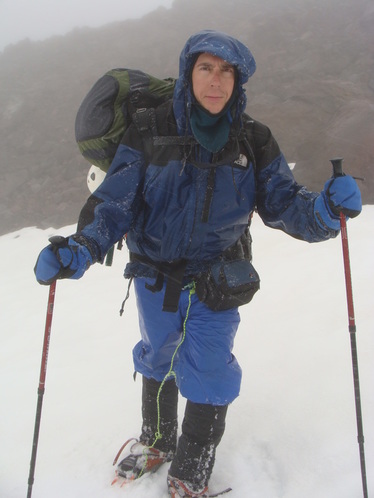Doubt, Faith, and Crevasses on My Mind
|
Peter M. J. Hess earned his M.A. in philosophy and theology from Oxford University in 1984, and his Ph.D. in historical theology from the Graduate Theological Union in 1993. His scholarly work focuses on the complex interactions between science and religion in early modern Europe, particularly on the impact of science on natural theology, and the appropriation of the developing sciences by theologians during this period.
He has taught theology at the University of San Francisco and other Bay Area institutions since 1985, and has recently completed six years of service as Associate Program Director of the Science and Religion Course Program (SRCP) at the Center for Theology and the Natural Sciences in Berkeley, CA. He and his wife Viviane have two sons, and he is an avid mountaineer and rock climber. Peter is also the author of Catholicism and Science, a Greenwood Guide to Science and Religion. |





